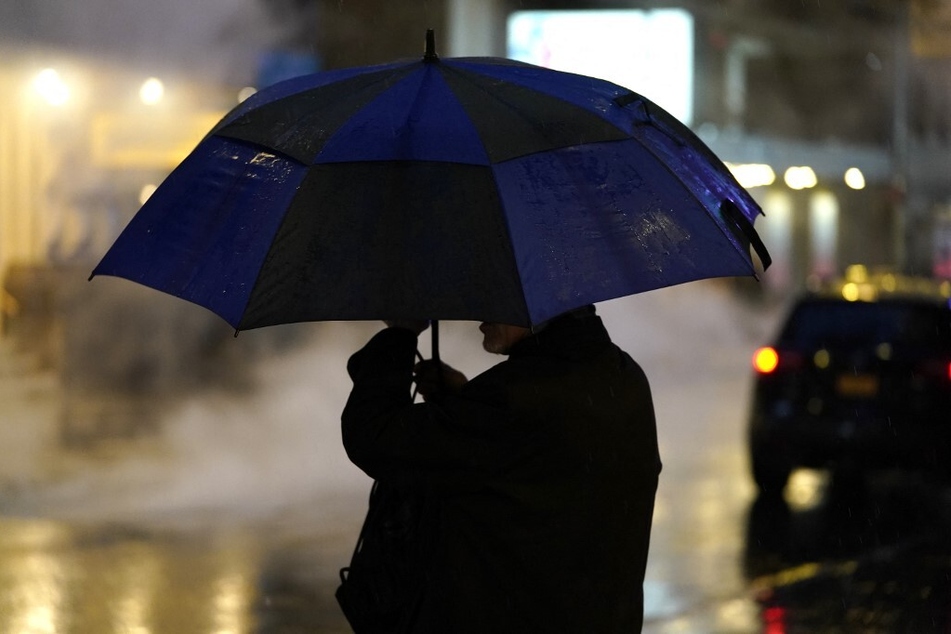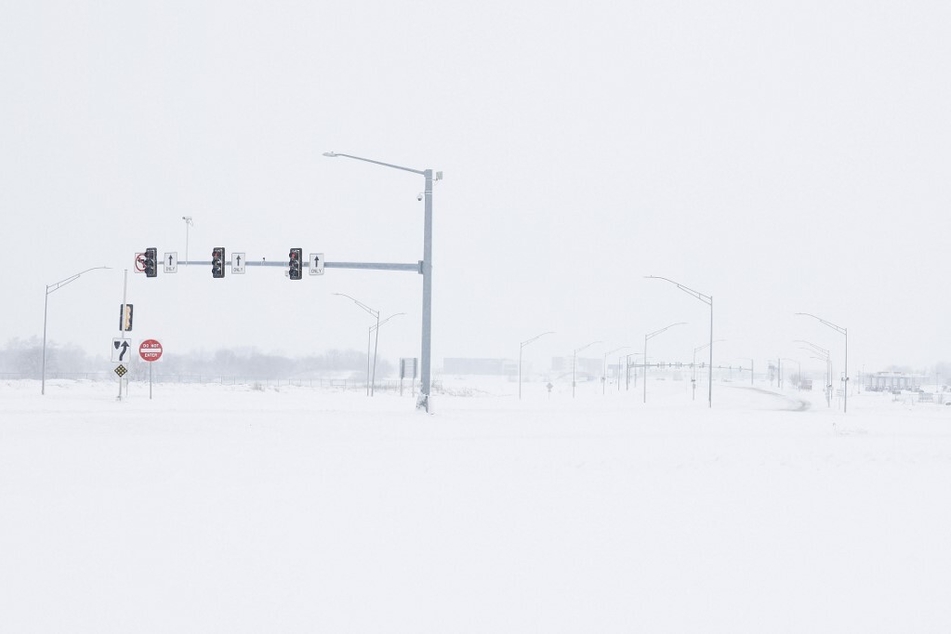Deadly storms buffet US, leaving hundreds of thousands without power
Heavy rain leading to flash flooding, wind gusts likely more than 55 miles per hour, and thunderstorms struck the Eastern Seaboard from the Mid-Atlantic to the Northeast, according to the National Weather Service.

"Do not underestimate this one," warned New Jersey Governor Phil Murphy in an interview with local media.
He described the storm as "unusual," citing up to four inches of rain in January and high winds pummeling the shoreline.
The inclement weather even resulted in Vice President Kamala Harris' plane, Air Force 2, being diverted from landing at its normal spot, Joint Base Andrews, and instead heading to Dulles International Airport in Virginia.
Meanwhile, tornadoes ripped through the Southeast, including the Florida panhandle, where drone images showed downed trees and damaged buildings with roofs torn off.
At least three storm-related deaths occurred across a large, multi-state section of the South.
One person was killed in a North Carolina mobile home park where multiple homes were damaged, according to Catawba County government officials.
Another died when a tree fell across the windshield of a vehicle in Jonesboro, Georgia, just south of Atlanta, the Clayton County Police Department said.
And an 81-year-old woman was killed in Alabama when a tornado struck her mobile home and sent it rolling multiple times, local media said, citing the Houston County coroner.
Heavy snow and blizzards

More than 890,000 customers had lost power in the United States as of Tuesday evening, mainly in the East, according to monitoring website Poweroutage.us.
In the central part of the country, heavy snowfall (at a rate of 1-2 inches per hour) hit the upper Midwest and was shifting into the Great Lakes region, the weather service said.
And in the Northwest, the first blizzard warnings in a decade were issued for the Cascade and Olympic mountains, according to the New York Times.
The blizzard conditions were expected to continue into Wednesday "brining snow totals to several feet" in the region, according to the NWS.
The weather was already having a heavy impact on flights, with more than 1,300 canceled and 8,600 delayed in the United States on Tuesday, monitoring website FlightAware.com reported.
Some of the cancellations were due to the grounding of some Boeing 737 MAX jets for inspection after a panel ripped off an Alaska Airlines plane mid-flight last week.
Scientists say that as humanity continues to warm the planet by burning fossil fuels, weather patterns will become more unpredictable.
That will mean wetter and more powerful storms, along with hotter, drier periods that will strain our water resources.
Cover photo: TIMOTHY A. CLARY / AFP